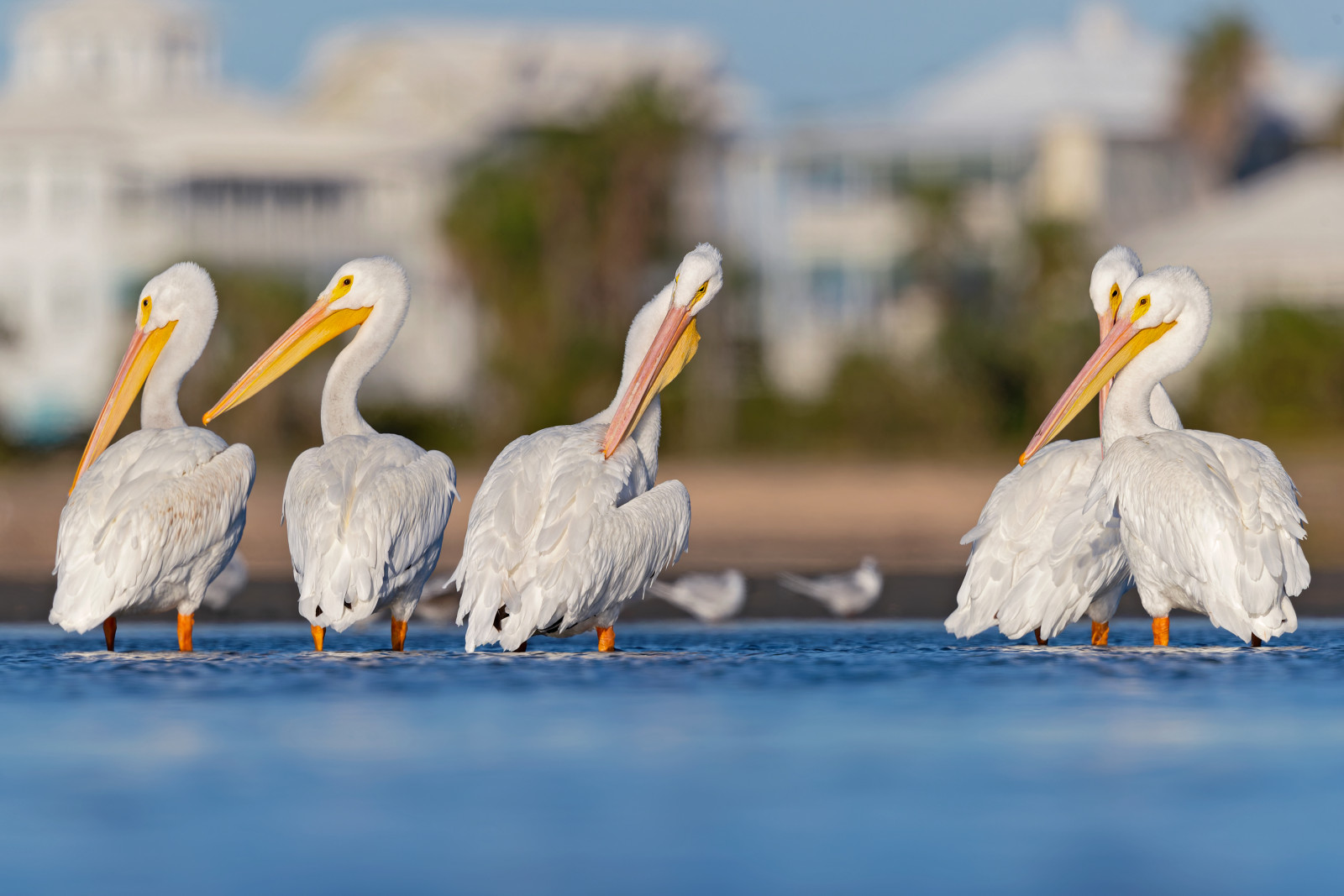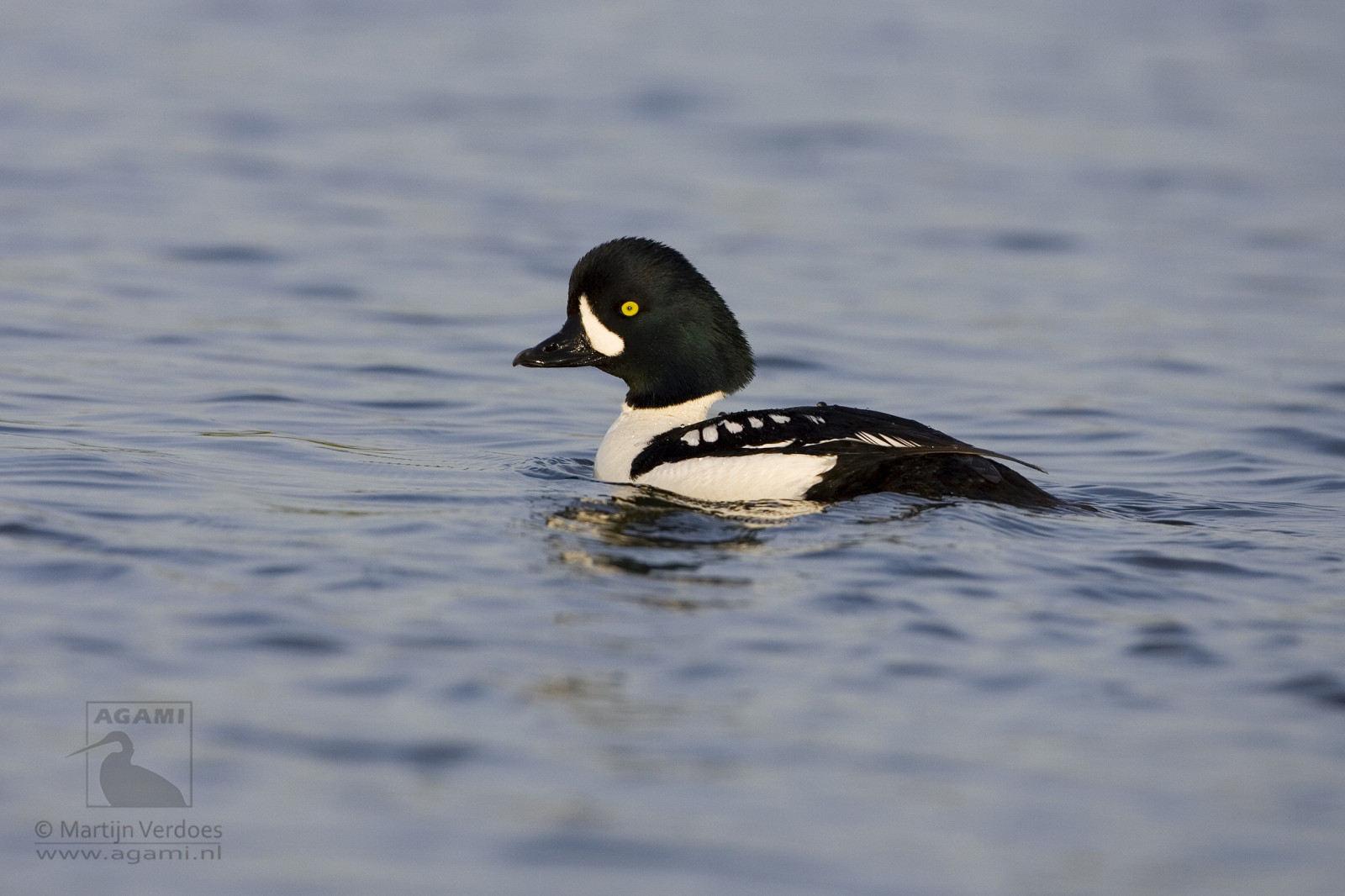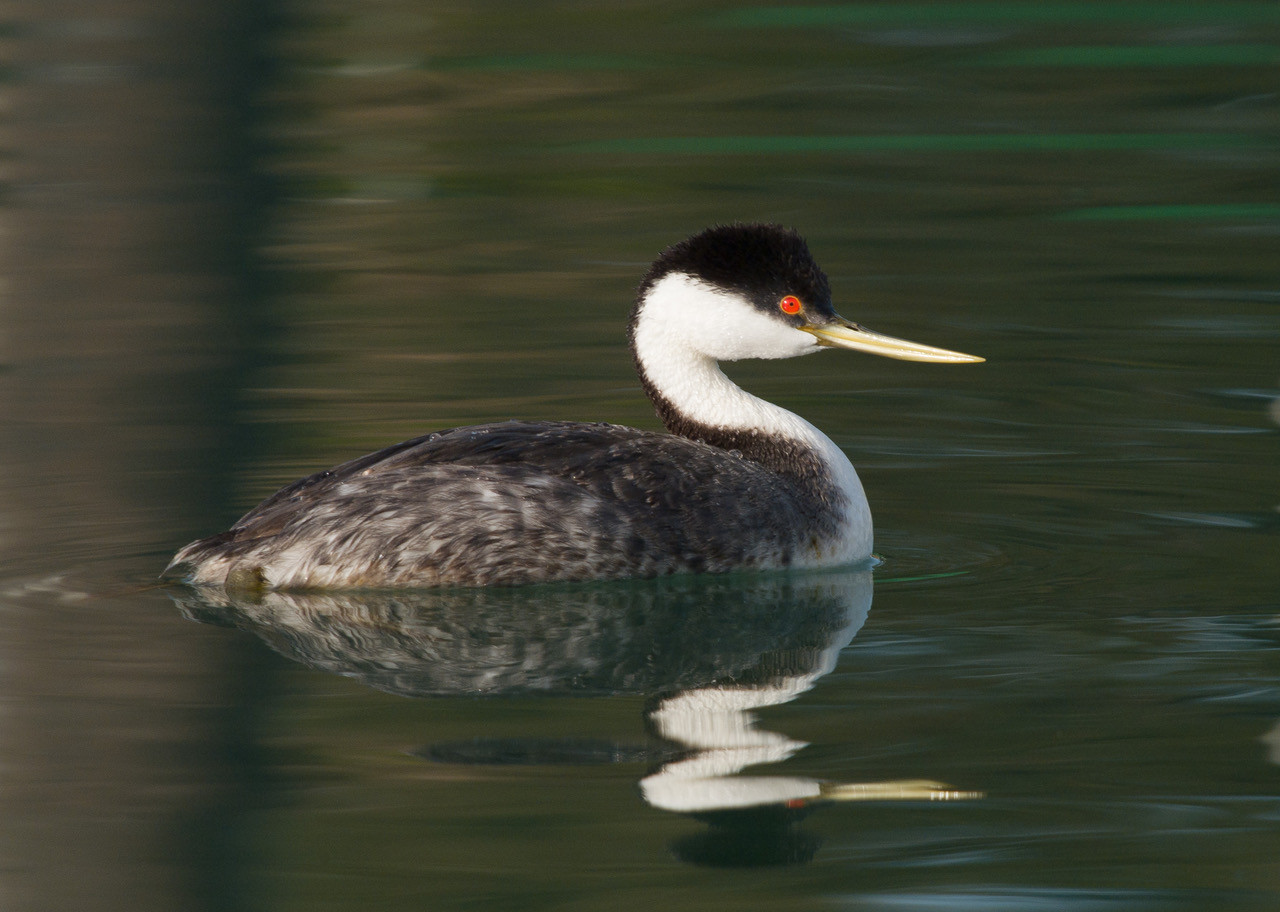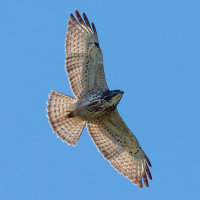Beschreibung
Elk Island National Park consists of a mixture of lakes (of which Astotin Lake is the largest), aspen parkland and boreal forest. Covering an area of 75 square miles (194 sq km) it is one of the smallest national parks in Canada. This pristine park is renowned for its diverse wildlife with animals like Wood Bison (particularly active from July to August), Moose and Elk and over 250 bird species.
American White Pelican are known to breed on islands in Astotin Lake. The lake is also a good spot for viewing Barrow's Goldeneye, Red-necked Grebe as well as Western Grebe. Paved paths run along parts of the lakeshore. Typical ducks are common as well as warblers and other passerine birds of the area within the forested areas.
Details
Zugang
Elk Island National Park is located just southeast of the central point in Alberta, a 35-minute drive east of Edmonton. Elk Island National Park’s main entrance, the south gate, is located approximately 48km from Edmonton’s city centre, via Highway 16 East (Yellowhead Highway). The park is open year-round. Admission fee is $ 9 (2024). A car park is available free of charge once inside Elk Island National Park. Paved roads traverse the national park. Click on a P in the map for directions to a car park.
Terrain und Habitat
Wald , Feuchtgebiet , Grasland, Wiesen , Vereinzelte Bäume und Büsche , Teich , See , Strand , Schlucht/CliffBedingungen
Gebirgig , Hügelig , Felsig , Sumpfig , SandigRundweg
JaIst ein Spektiv nützlich?
Möglicherweise hilfreichGute Beobachtungszeit
Frühjahr , HerbstBeste Beobachtungszeit
FrühjahrRoute
asphaltierte Straße , unbefestigte StraßeSchwierigkeitsgrad der Tour
DurchschnittlichErreichbarkeit
zu FußBeobachtungshütten oder -türme
NeinLinks
- Elk Island NP--Astotin Lake--Sandy Beach & Campground - eBird Hotspot
- Elk Island National Park Wikipedia Page
- Parks Canada Elk Island Page






